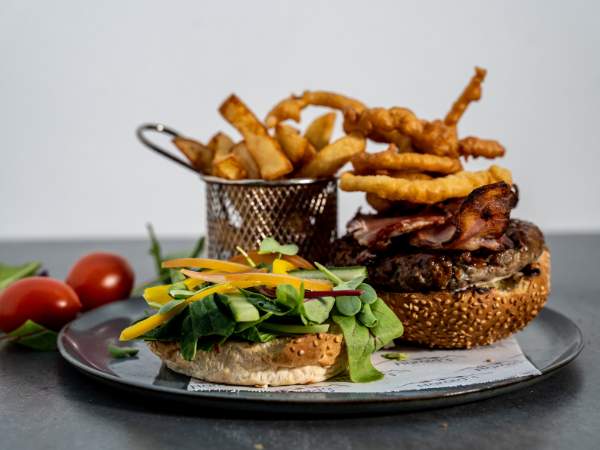News
The rise of sourdough
Wednesday, March 11th, 2020Let’s be honest – 2020 has been tough. We went from a 21-day pandemic lockdown to a blur of face masks, foggy glasses and hand sanitiser. Our new normal is far from normal and right now the old normal is looking like a nostalgic paradise. That being said, 2020 has given us a few slivers of silver linings that, if you were feeling generous, could almost be considered gifts.
With working from home now being viable for many – meaning less time wasted in traffic – the one definite positive this strange time has given us is more free time. Sure, it’s not the stress-free kick-back kind, but more family time is always invaluable. We’ve been forced to slow down and this has led many of us back into the kitchen.
The winner of the battle of the breads
The battle between banana bread and sourdough raged on for some time but, ultimately, we declare that sourdough won the war.
People went mad for the crusty stuff and rightly so. Once you’ve baked really good bread, it’s very hard to go back to eating store-bought loaves. So what is it about sourdough that hooks people so hard? Besides the delicious eating experience of a crackly crust, chewy crumb and a subtle tang, sourdough is a challenge. Your starter culture is a living colony of yeast and bacteria that you feed and take care of daily. Once you’ve learned how it behaves, you then have to wrangle it into leavening your bread.

The challenge seems daunting at first, but even average sourdough bread makes good toast. As your journey progresses, your sourdough improves. Before you know it, you’re trawling online bread forums late at night looking for nuggets of knowledge. You find yourself planning your next loaf before you’ve even baked your current one and dish towels become stand-ins for dough-shaping practice. The best part is that sourdough is a deep hole that one can get lost in for years. Even the world’s best sourdough bakers are constantly discovering new techniques and flavours.
The sourdough journey
The entire sourdough process, which takes place over three days, is just magical. You’re using three simple ingredients – flour, water and salt – and you’re breathing life into them with an army of unseen microbes. What’s even more amazing is that it’s almost as if wheat wants to be made into sourdough. How so? Well, the yeast and bacteria that are needed to create a sourdough starter are already present on the wheat when it is harvested. All we need to do is mix flour and water and leave it in a warm place for a few days for spontaneous fermentation to begin.
Sourdough is the oldest form of leavened bread and it’s still regarded as the king of breads. Even though our understanding and techniques have improved, we’re essentially still following a fermentation practice that is thousands of years old. Sure, it takes time and patience and, yes, the learning curve is steep, but there’s a feeling you get when you open your oven to reveal a beautiful loaf. It’s a feeling of pure happiness and the best part is it never goes away.

5 sourdough facts
- Sourdough lasts longer than regular bread thanks to lactic acid, which is a natural preservative.
- Sourdough has a lower glycemic index (less sugar) due to its long fermentation. Less sugar means fewer blood sugar spikes.
- The lactic acid in sourdough enables your body to absorb more of the natural nutrients present in the bread.
- Long fermentation breaks down gluten, making sourdough easier to digest.
- Sourdough contains prebiotics, which are good gut bacteria for our digestive systems.













